CNC machining (Computer Numerical Control) is a technological process involving the shaping of materials using numerically controlled machine tools, i.e. machines that perform tasks according to pre-programmed computer instructions.
A technical design – usually prepared in a CAD (Computer-Aided Design) program, i.e. a tool for computer-aided engineering – is converted into code that directs the machine’s work.
CNC milling machines, lathes, and grinders perform precise movements, removing material from the workpiece and creating a part with specific shapes and dimensions.
This can be compared to the opposite of 3D printing – instead of adding material, CNC machining involves its controlled removal until the desired shape is achieved.
Types of machining
There are several main types of machining, each of which is used to achieve different effects:
- Milling – material is removed by a rotating tool, allowing for precise machining of even very complex shapes.
- Turning – the material is rotated around its own axis and shaped by a moving tool.
- Drilling – making holes of a specified diameter, depth, and position.
- Tapping – shaping internal and external threads.
- Grinding and abrasive machining – finishing processes in which abrasive tools and grinders give the surface a low roughness.
The variety of machining methods offers a wide range of possibilities for shaping components – from rough removal of material to precise surface finishing.
The use of machining in industry
This technology is used both in mass production and in the manufacture of unique, specialized components. Below are the key industries in which CNC machining is particularly important:
- Automotive – precision manufacturing of engine components, gearboxes, and suspension systems.
- Aviation and aerospace – structural and aerodynamic parts and components with high strength requirements.
- Industrial machinery and equipment – shafts, guides, mounting plates, housings – everything that must work flawlessly.
- Medicine – surgical instruments, implants, parts for specialized equipment.
- Energy – production of turbines, valves, and heat exchanger components operating in extreme conditions.
- Precision electronics – microcomponents, connectors, and structures requiring the highest accuracy.
- Construction – unusual shapes, dies, and custom-shaped structural elements.
- Technical carpentry – furniture and decorative details where aesthetics and precision are important.
- Defense sector – weapon components, combat vehicle parts, tactical equipment.
- Mining and heavy industry – durable and wear-resistant components for machines operating in extreme conditions.
- Education and research – prototyping, material testing, design and manufacturing technology education.
Machining plays a key role wherever precision, repeatability, and the ability to work with a wide variety of materials are important.
What materials can be machined with CNC?
Thanks to its versatility, CNC machining can be used for both easily machinable materials and those requiring specialised tools. The most commonly machined materials include:
- Metals: structural steel, stainless steel, aluminium, brass, copper, bronze, titanium, nickel alloys.
- Plastics: POM, PTFE, PE, PA, PVC, PC – often used in medicine, electronics, and automation.
- Composites: e.g., carbon fiber, glass fiber – especially in aviation, automotive, and sports.
- Special materials: technical ceramics, technical wood, sintered metals – in niche or prototype applications.
The choice of material always depends on the intended use of the component, expectations regarding durability, geometry, production costs and possible finishing operations.
Advantages of CNC machining
The advantage of CNC machining is full control over the process, which makes it possible to achieve repeatable results even with very complex designs. Other key benefits include:
- Precision of workmanship, which allows the design specifications to be perfectly reproduced without deviations
- The ability to produce complex shapes and geometries that cannot be achieved with traditional methods
- Shorter lead times thanks to automation and minimization of human error
- Handling of large or unusually shaped components with complete precision
- better use of material through optimized tool paths and waste reduction.
CNC machining is ideal wherever quality, repeatability, and efficient production management are important.
Summary – what is CNC machining?
CNC machining is a modern manufacturing method that combines precise computer control with a wide range of technological possibilities. It allows for the efficient and economical production of parts of varying complexity – from metals, plastics, composites, and special materials.
This technology is used in almost every branch of modern industry and allows for both serial and single-piece production.
Its main advantages are repeatability, flexibility, reduced lead times, and reduced material waste. All this makes CNC an indispensable tool in the design and production of modern components.
